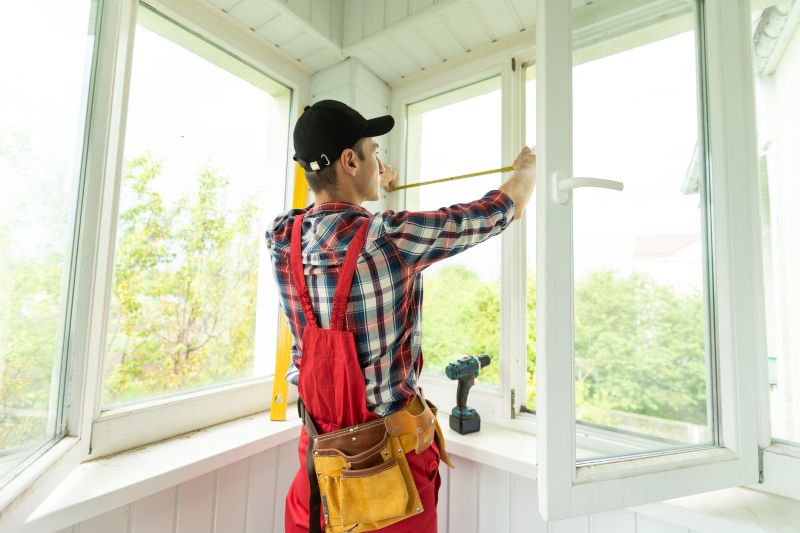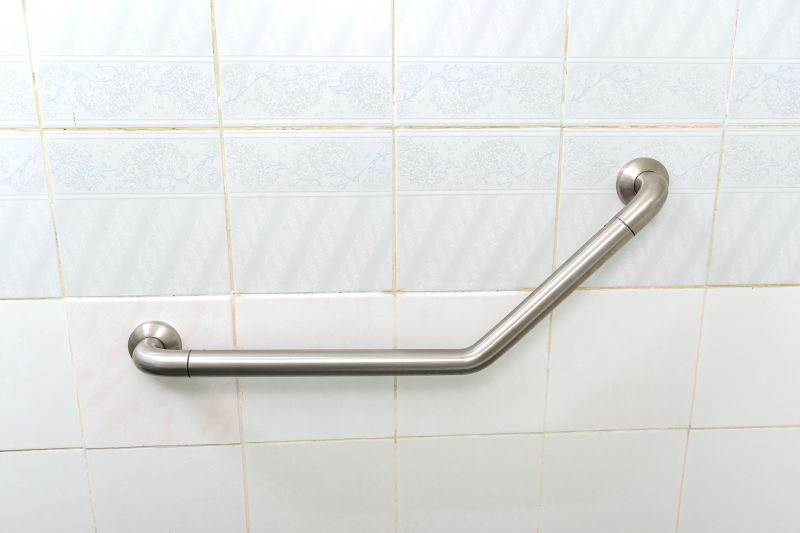Optimal Timing for Windows Installations
Choosing the right time for Windows installations can impact system performance and minimize disruptions. Understanding seasonal trends and system readiness ensures a smooth process and better long-term results.
Spring and fall are often ideal for installations due to moderate temperatures and less busy schedules, reducing the risk of interruptions.
Perform installations during periods when the system is least used to avoid productivity disruptions and allow sufficient time for setup.
Timing installations after major updates or hardware upgrades can improve compatibility and system stability.
Schedule during times of low network traffic to ensure faster download speeds and reduce installation errors.

Technicians preparing a computer for Windows setup.

Calendar with marked optimal installation periods.

User updating software during a scheduled maintenance window.

Ways to make Windows Installations work in tight or awkward layouts.

Popular materials for Windows Installations and why they hold up over time.

Simple add-ons that improve Windows Installations without blowing the budget.

High-end options that actually feel worth it for Windows Installations.

Finishes and colors that play nicely with Windows Installations.
| Timing Factor | Recommendation |
|---|---|
| Season | Spring or fall are preferred for moderate weather and availability. |
| System Usage | Schedule during low-usage periods to minimize disruptions. |
| Hardware Updates | Coordinate after hardware upgrades for better compatibility. |
| Network Traffic | Choose times with less internet activity for faster downloads. |
| Maintenance Periods | Align with scheduled maintenance for support availability. |
| User Availability | Ensure user availability for testing and adjustments. |
| Major Updates | Install after major Windows updates for stability. |
Windows installations involve configuring operating systems to meet specific performance and security standards. Proper timing ensures minimal downtime and optimal system functionality. Statistics show that scheduling during off-peak hours can reduce installation time by up to 30 percent. Additionally, timely updates and installations contribute to improved security and efficiency for business and personal use.

Technician installing Windows on a desktop.

User backing up data before installation.

Configuring settings after Windows installation.

IT professional providing system support.

Little measurements that prevent headaches on Windows Installations day.

A 60-second routine that keeps Windows Installations looking new.

A frequent mistake in Windows Installations and how to dodge it.

Small tweaks to make Windows Installations safer and easier to use.
Interested in scheduling a Windows installation? Filling out the contact form provides a convenient way to discuss options and find the most suitable timing for specific needs. Properly timed installations can enhance system performance and security, making it a valuable investment for any user.






